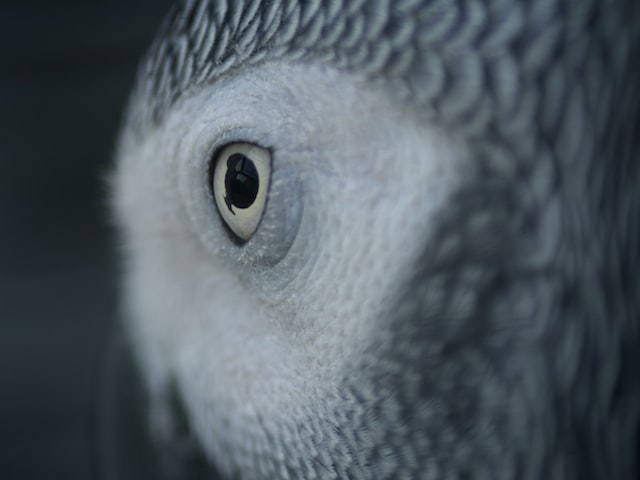How does the plumage of young birds differ from that of adult birds?
There’s something enchanting about the vibrant colors and intricate patterns that adorn the feathers of birds. But have you ever wondered how these feathery ensembles change as birds transition from young to adult? In this blog post, we’ll explore the remarkable transformation of bird plumage and uncover the key differences between the plumage of young birds and that of their adult counterparts.
Introduction: A World of Feathered Wonders

From the playful hues of a rainbow lorikeet to the striking patterns of a peacock’s train, birds possess a wide array of captivating appearances. These intricate display costumes, also known as plumage, serve various purposes, from attracting mates to providing camouflage in their natural habitats. But how does this plumage evolve over time?
The Remarkable Journey of Feather Development
Before we delve into the differences between the plumage of young and adult birds, it’s essential to understand the incredible journey of feather development. Feathers are composed of tightly packed keratin cells that grow from the base of the feather follicle. As a bird matures, it undergoes several molting cycles, shedding old feathers to make way for new ones.
The First Glimpse: Juvenile Plumage

When birds hatch from their eggs, they emerge covered in a soft, downy plumage known as juvenile plumage or natal down. This initial plumage helps keep them warm and protected during their vulnerable early stages. Juvenile plumage is often duller in color compared to the vibrant hues seen in adult birds. This muted appearance serves as a form of camouflage, helping young birds blend into their surroundings and avoid attracting predators.
Transitioning towards Adulthood: Subadult Plumage
As birds grow, they undergo a transition phase known as subadult plumage. This phase serves as a bridge between their juvenile and adult plumage. During this period, birds gradually acquire feathers that resemble those of adults but may still retain some characteristics of their juvenile plumage. Subadult plumage often displays a mix of colors, allowing young birds to practice their adult appearance gradually.
The Majestic Adulthood: Adult Plumage
As birds reach sexual maturity, they transform into their stunning adult plumage. This phase is marked by the acquisition of their characteristic hues, intricate patterns, and unique feather structures. The vivid colors seen in adult plumage serve multiple functions, including attracting a mate, establishing territory, and distinguishing between species. The complexity of patterns and colors can vary greatly across different bird species, contributing to the vast and awe-inspiring diversity of the avian world.
Conclusion: A Spectacular Evolution
It is truly fascinating to witness the transformation of bird plumage from the soft and subdued tones of youth to the elaborate and vibrant displays of adulthood. The journey from juvenile to adult plumage not only exemplifies the marvels of avian development but also highlights the diversity and beauty that exist within the bird kingdom.

To witness this remarkable process in action, take a moment to watch this captivating video showcasing the evolution of bird plumage from hatchling to adulthood.
Embed youtube video:
Immerse yourself in the world of birds and discover the intricate details of their captivating plumage. Whether you’re an avid birdwatcher or simply curious about nature’s wonders, understanding the differences between young and adult plumage adds an extra layer of appreciation to these feathery creatures.
So, the next time you gaze upon a bird’s vibrant plumage, remember the incredible journey that brought it to life. Whether it’s the dazzling blues of a macaw or the subtle patterns of a sparrow, every feather tells a unique story of growth and transformation. Embrace the wonder of our feathered friends and continue exploring the fascinating world of avian beauty.
Leave a Reply